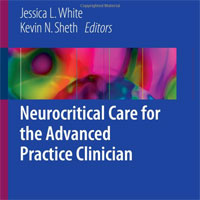Stories Category: Intensive Care

Effect of Neuromuscular Electrical Stimulation on the Recovery of COVID-19 Patients
The rehabilitation of patients with COVID-19 after prolonged treatment in the intensive care unit is often complex and challenging. Patients may develop a myriad of long-term multiorgan impairments, affecting the respiratory,... read more
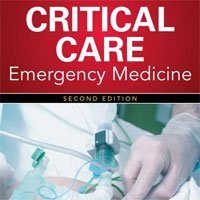
Critical Care Emergency Medicine
The groundbreaking text on critical care emergency medicine – updated with the latest evidence and recommendations. Critical Care Emergency Medicine has become the standard reference for all clinicians who wish to understand... read more

Use of Procalcitonin During the First Wave of COVID-19
A minority of patients presenting to hospital with COVID-19 have bacterial co-infection. Procalcitonin testing may help identify patients for whom antibiotics should be prescribed or withheld. This study describes the... read more
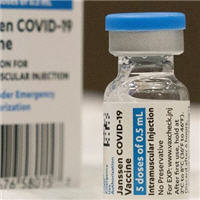
Cerebral Venous Sinus Thrombosis With Thrombocytopenia After Johnson & Johnson Vaccination
The initial 12 US cases of Cerebral Venous Sinus (CVST) with thrombocytopenia after Ad26.COV2.S (Janssen/Johnson & Johnson) vaccination represent serious events. This case series may inform clinical guidance as Ad26.COV2.S... read more
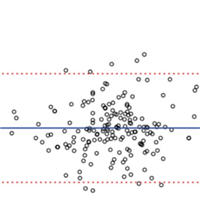
Agreement Between IVC Diameter Measurements by Subxiphoid vs. Transhepatic Views
When it is not possible to obtain the subcostal view, it is possible to use the lateral transhepatic view. However, using the percentage variation in IVC size is likely to be more reliable than the absolute diameter alone.... read more
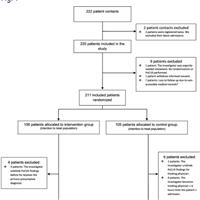
POCUS of the Heart and Lungs in Patients with Respiratory Failure
Point-of-care ultrasound (POCUS) is a focus oriented tool for differentiating among cardiopulmonary diseases. Its value in the hands of emergency physicians, with various ultrasound experience, remains uncertain. We tested... read more
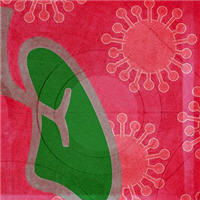
Association Between Pre-Existing Respiratory Disease and COVID-19
Previous studies suggested that the prevalence of chronic respiratory disease in patients hospitalised with COVID-19 was lower than its prevalence in the general population. The aim of this study was to assess whether... read more
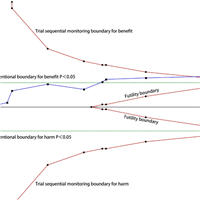
Decreased Mortality in ARDS Patients Treated with Corticosteroids
The use of glucocorticoids might result in reduced mortality in patients with ARDS. Glucocorticoids might be recommended as an adjunct to standard care for ARDS; however, the optimal dose and duration of steroid therapy remains... read more
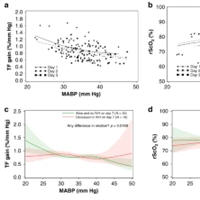
Cerebral Oxygen Saturation and Autoregulation During Hypotension in Extremely Preterm Infants
Dopamine had no effect on rScO2 compared to placebo in hypotensive infants. Hypotension and cerebral hypoxia are associated with early intraventricular hemorrhage or death. Prospective cohort study of blinded rScO2 measurements... read more

Addressing Hospital-Acquired Hypoglycemia
Findings suggest that ensuring a consistent 30-minute window between POC BG measurement and meal delivery enabled nursing staff to perform timely POC BG measurements and administer a more optimal mealtime insulin dose. Increasing... read more
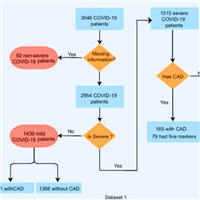
Cardiac Markers Implication in Risk-stratification and Management for COVID-19 Patients
COVID-19 patients with pre-existing coronary artery disease represented a higher abnormal percentage of cardiac markers, accompanied by high mortality and ICU admission rate. BNP together with hs-TNI, α- HBDH, CK-MB and... read more
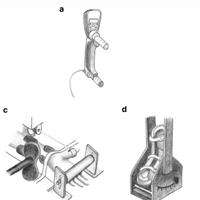
Bedside Voluntary and Evoked Forces Evaluation in ICU Patients
Around one third of intensive care unit (ICU) patients will develop severe neuromuscular alterations, known as intensive care unit-acquired weakness (ICUAW), during their stay. The diagnosis of ICUAW is difficult and often... read more
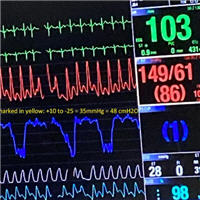
Assess the Intensity of Inspiratory Efforts Using CVP Waveforms
Real case: You are passing by the room of an awake mechanically ventilated patient with advanced IPF. Peeking in from outside the room, the following CVP waveform catches your attention. In a recent post, we discussed... read more

Comparison of the Efficacy and Safety of Cuffed vs. Uncuffed Endotracheal Tubes for Infants in the Intensive Care
There was no difference in the primary outcome, though percentage time spent in optimal leak range was significantly higher in cuffed uncuffed endotracheal tube (ETT) group. Cuffed ETTs reduced reintubations to optimise ETT... read more
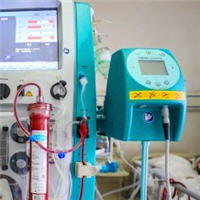
Escalation and Withdrawal of Treatment for Patients on ECMO
Discussion between clinicians and families about prognosis and goals was frequent but did not occasion decision-making moments. This study helps explain why communication interventions intended to maintain patient autonomy... read more
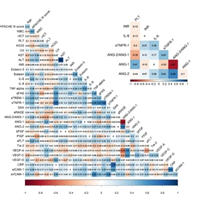
Host Endothelial, Epithelial and Inflammatory Response in ICU COVID-19 Patients
These studies demonstrate that, unlike other well-studied causes of critical illness, endothelial dysfunction may not be characteristic of severe COVID-19 early after ICU admission. Pathways resulting in elaboration of acute... read more

Transesophageal Echocardiography Training of Emergency Physicians Through an E-Learning System
A transesophageal echocardiography (TEE) training course resulted in a 50% increase in surveyed participants feeling comfortable using TEE in cardiac arrest and a 40% increase in participants scoring ≥80% on a test of knowledge. We... read more








